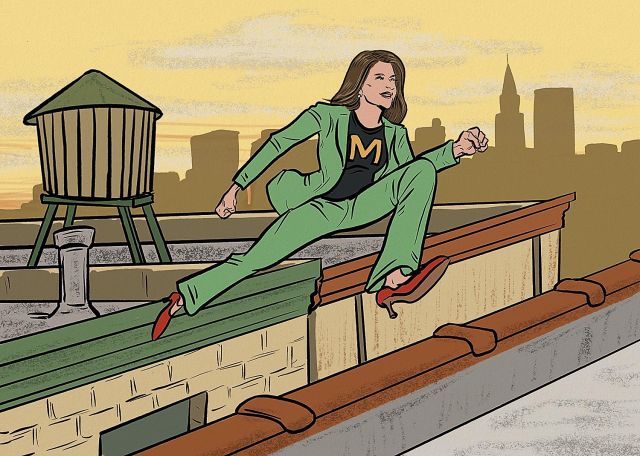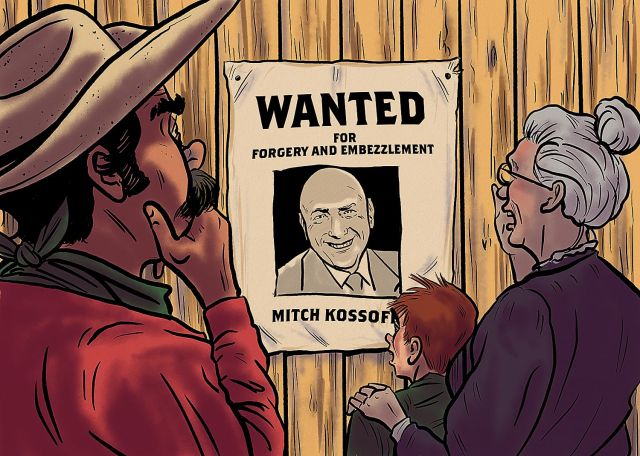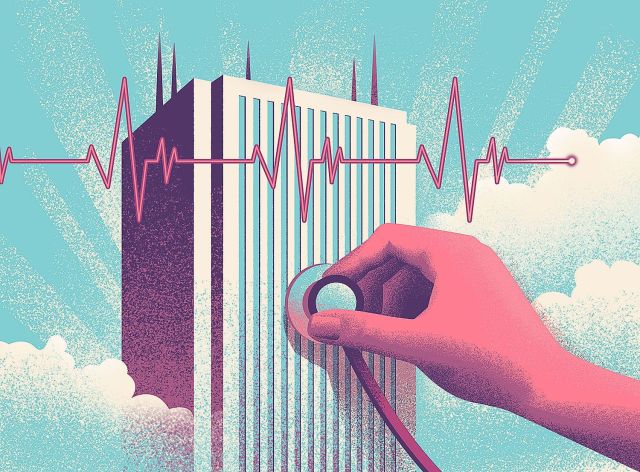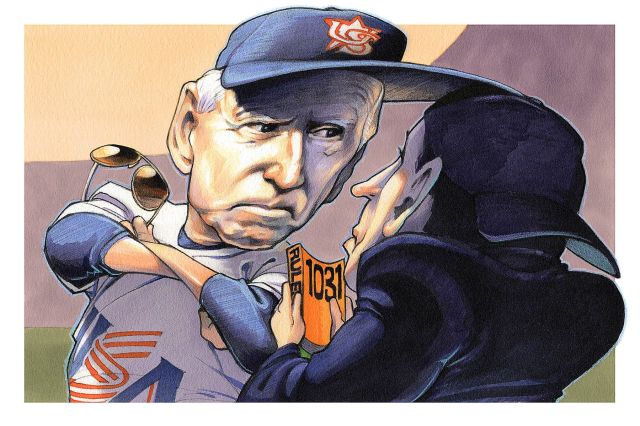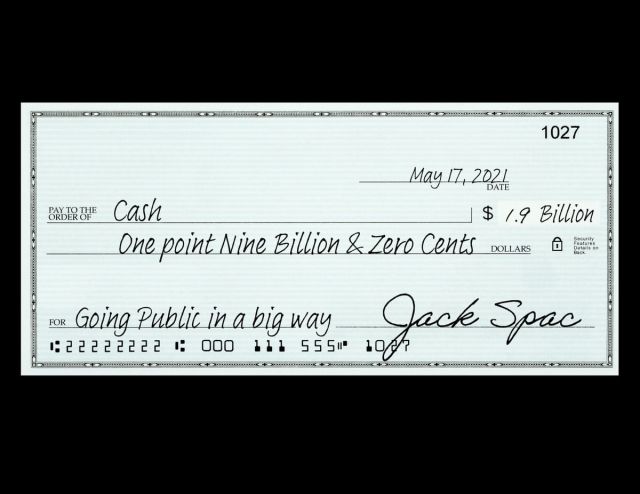
PHOTOS: Courtesy of Amazon
Holly Sullivan and John Schoettler
Vice president for worldwide economic development; vice president for global corporate real estate at Amazon

Arlington five years ago beat 237 competitors to land Amazon’s HQ2, and the payoff for that win began this June, at the ribbon-cutting for Metropolitan Park.
Construction on the 2.1 million-square-foot Met Park, the first half of Amazon’s National Landing headquarters, began in 2020 and officially opened for business in June, perfectly bookending the pandemic era.
The HQ2 trajectory also showcases what that era has wrought upon the workplace. Shortly before the grand Met Park debut, Amazon announced it was pausing work on the second half of its headquarters, called PenPlace — which includes the distinctive helix-shaped tower — while it figures out what its office needs are.
In addition, while an impressive 8,000 employees are set to occupy the two sparkling new Met Park buildings by the fall, that’s far short of the 14,000 they can accommodate — and it’s not entirely clear how often Amazon’s army will be at their desks. As of May, the company requires employees to be in the office three days a week minimum, but staff have made their displeasure known, with a petition signed by 30,000 employees and a walkout in June.
Of course, that’s not unique to Amazon, whose real estate projects are guided by Holly Sullivan and John Schoettler. HQ2 remains the anchor of the National Landing neighborhood, which continues to see life in terms of population rebound, retail and pedestrian activity, and other metrics.
Aside from office, Amazon has imprinted the region in other ways, having invested over $52 billion in data centers in Northern Virginia since 2011, and expects to spend another $35 billion through 2040, per a January announcement. On the industrial front, Amazon has one of the largest networks of distribution centers and warehouses in the region, given its central location.
Finally, Amazon’s Housing Equity Fund has helped finance the construction of multiple projects throughout the D.C. region, part of its $2 billion commitment to affordable housing in the area over 10 years.
While Amazon has had its share of cutting back over the last year in terms of layoffs and reductions in warehouse space, when the going gets tough, it certainly doesn’t hurt to have Goliath on your side.


